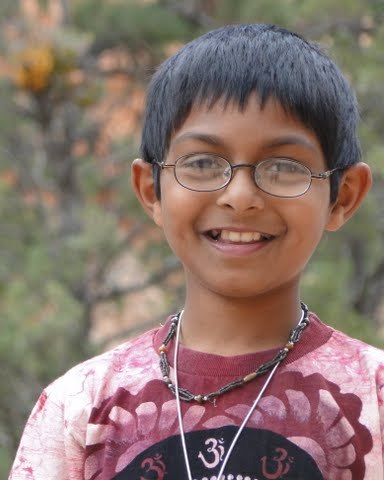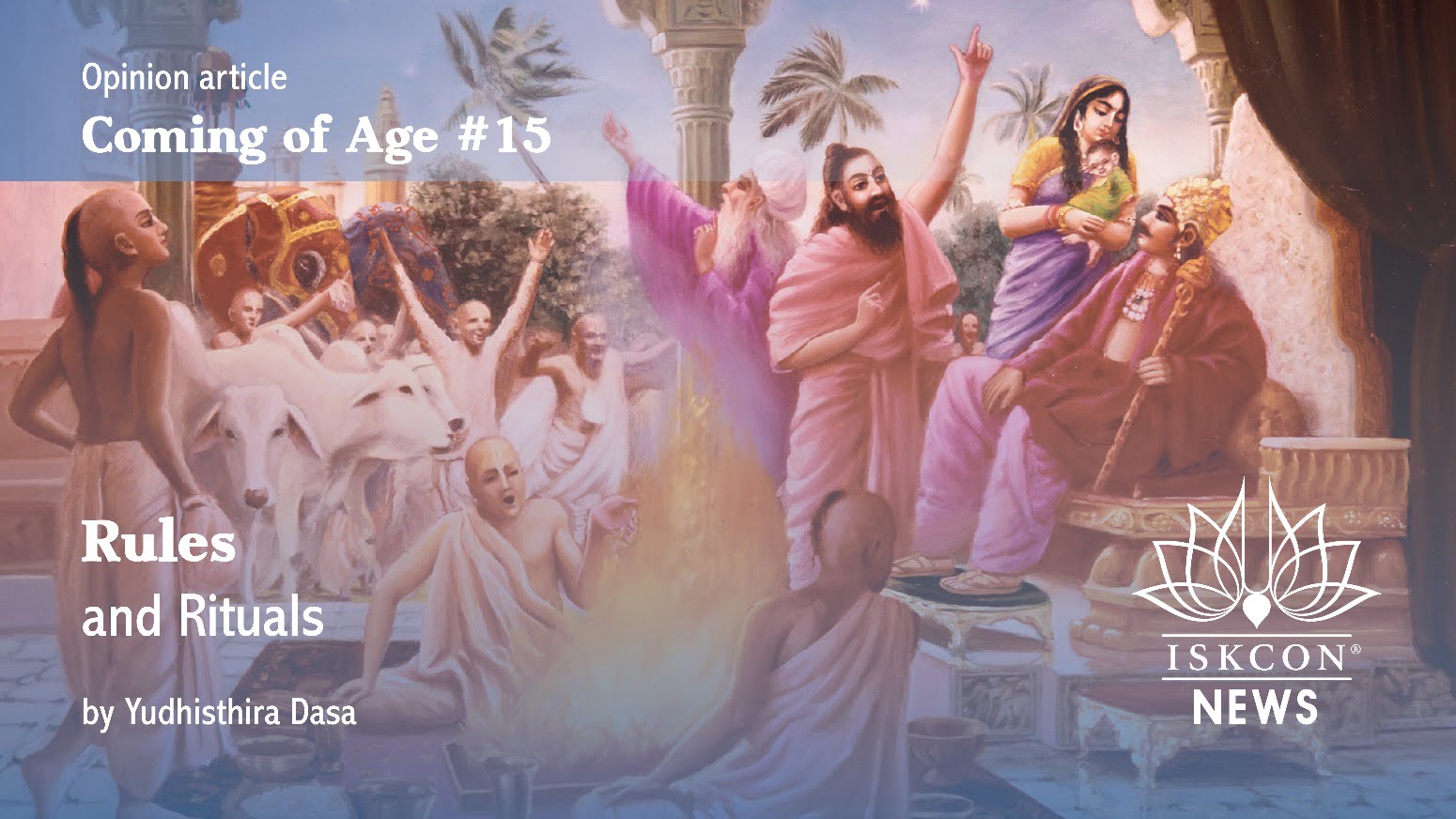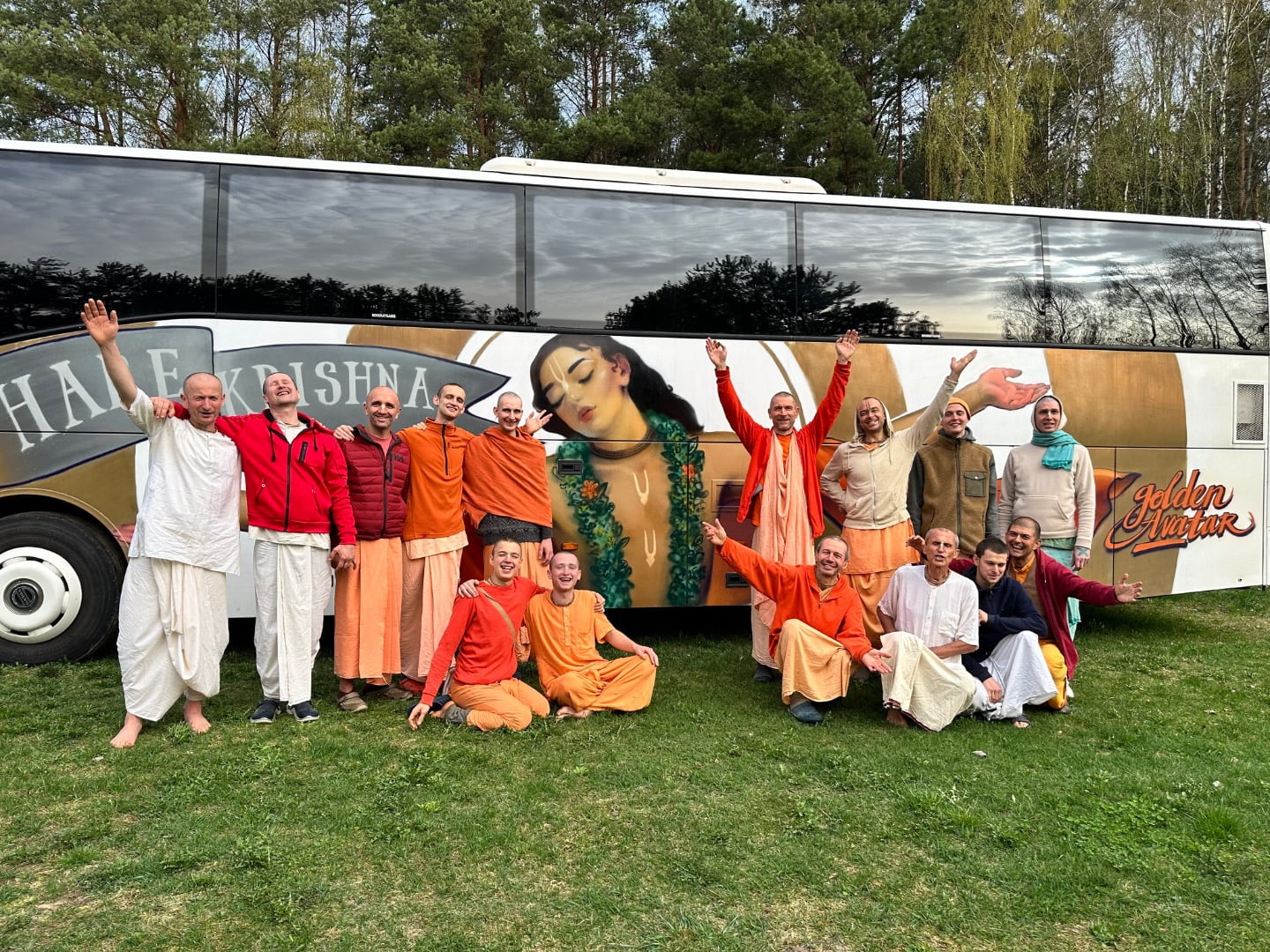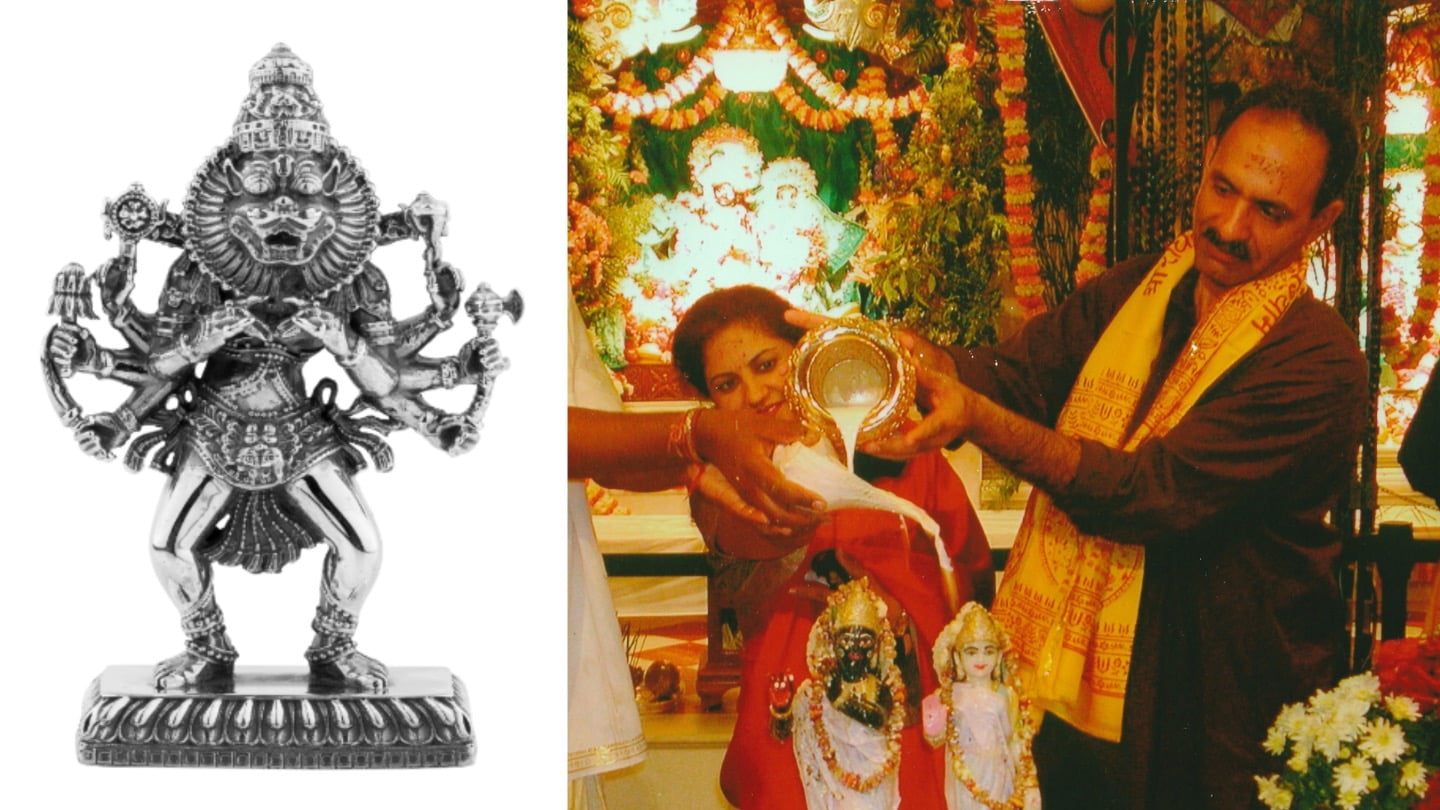D.C. Devotees Encourage Their Son’s Individuality to Thrive in Homeschool
By Madhava Smullen | Nov 05, 2011

When they encouraged their son Nimai to pursue his own interests while homeschooling, Washington D.C. husband and wife couple Vidarbha Suta Dasi and Lokadhyaksha Dasa saw his personality grow and his individual skills thrive exponentially.
The couple, a TV journalist and software engineer originally from Assam, India, saw raising a good devotee as their reason for having a child, and wanted their son to have the best education possible. But when none of the schools they looked at in North America utilized the kind of holistic education they were searching for, they decided it was time to move back to India.
Days before they were to leave, mother Vidarbha Suta received a call from her friend Rukmini alerting her to an article in the Hindustan Times about a fellow devotee immigrant from India, Arudha Dasi, who was successfully homeschooling her sons Radhika Ramana and Gopala Hari in Boise, Idaho.
“You should call her up and talk to her,” Rukmini enthused.
Vidarbha Suta and her family did better. When they read the article, they were so excited that they flew straight to Boise. There, they spent time with Radhika Ramana, Gopala Hari, and Arudha, whom they talked to about her methods.
Her daring and unique curriculum, which she had devised herself, involved using Srila Prabhupada’s Srimad-Bhagavatam to teach most subjects, including reading, writing, critical thinking, and debate. Since their home doubled as the Boise temple, the boys also learned practical skills by performing plays for Vaishnava festivals, worshiping their own Deities, doing temple service, and making presentations to outside schools about Krishna consciousness.
The results were dramatic: standardized tests to evaluate their progress showed Arudha’s sons to be always three or four grades higher than average public school children. They entered college at only twelve years old, and today both hold PhDs from Oxford University, while Radhika Ramana is a professor of Hinduism at a West Virginia College.

Inspired by all this, Vidharbha Suta decided to stay in America and give homeschooling a try. She began attempting Arudha’s curriculum with Nimai at age six.
However while the curriculum remained her background inspiration, she soon discovered that education must adapt to circumstances. She did not live in a temple, and so to have a social life, her son had to connect more with the outside world. And more importantly, Nimai was not Radhika Ramana. He was his own person, with different needs, and different skills.
“Sometimes we have a tendency to have our own ideas about what our children should be,” Vidarbha Suta says. “I thought maybe Nimai would pursue a PhD like Radhika Ramana, or be a Sanskrit scholar. But I found that it was much better to encourage him to follow his own interests, and to facilitate them. Doing that had wonderful results!”
Now thirteen, Nimai begins his day by chanting eleven rounds of the Hare Krishna mantra on his beads, and then reading and discussing the Srimad-Bhagavatam with his mother, which he loves. He has read many of Prabhupada’s books, has enjoyed sitting and listening to recorded lectures in his spare time since the age of six, and has completed more than half of Bhaktivedanta College’s Bhakti Sastri study course online. He has even given the morning Bhagavatam class at the Washington D.C. temple several times, from as young as ten years old.
Vidarbha Suta noticed, however, that he also had a strong need to read different kinds of books beyond those of the Hare Krishna movement, and did not discourage him from doing so. Today, with a solid Krishna conscious grounding, a good example from his parents, and an environment of support, Nimai chooses good quality literature to read, and has even embarked on writing his own novel, often inspired by the philosophy of Krishna consciousness, which he hopes to publish someday.

Entitled Lotus Saga, the book is a classic story of good versus evil that sees the hero learning from a guru, accessing powers on the subtle plane, and eventually defeating the antagonist—who is the personification of time—using the power of sound.
Nimai’s greatest love next to writing is 3D animation, which he taught himself in his spare time using Youtube lessons on Maya, a professional software used by film companies. Once again, his parents fully supported him in his pursuits.
“We signed him up for a website called digitaltutors.com, which features thousands of tutorial videos to learn animation step by step, and is staffed by professionals who guide students through any questions they may have,” Vidarbha Suta says.
Again, Nimai showed an inclination to use his skills in Krishna consciousness, creating a promotional video for ISKCON guru Mukunda Goswami’s new book Miracle on Second Avenue with professional editing software Final Cut Pro.
Nimai also goes to a 3D animated school—for three to four hours each day, he attends wilostar3D.com, a fully accredited virtual online school where he can create an avatar for himself, interact with real teachers and students, “sit” in a virtual classroom, do assignments, make Power Point presentations, perform plays, and learn 3D modeling as an elective. At the end of it all, he’ll get a real world high school diploma.
While Vidarbha Suta was initially concerned that her son would not have enough physical world activity and interaction, she realized that most of his courses and hobbies—including writing and Bhakti Shastri classes—were on the computer, a fact there was just no getting away from.

“It’s a technological world, and computers are just so second nature to his generation,” she says. “So rather than try to mold him according to what might be more natural to my generation, I just encourage him to use technology in the best possible way.”
Still, Nimai does have plenty of real world lessons and activities to augment his computer time. He interacts with friends at his parents’ regular Namahatta programs, at a book club which he formed with neighborhood kids, and at Boy Scouts.
“Because he has grown up on a regular diet of mainstream books, he knows the lingo and ways of the world, and is always comfortable with and able to interact with other kids his own age,” Vidarbha says. “He’s never told me he feels different or anything. And at the same time, he’s able to hold his own ground and be his own person.”
Fulfilling his voracious apetite for learning, Nimai also takes classes in theater, art, (with Walt Bartman, art educator of the year in Maryland) and Indian classical music (with renowned Bhansuri master Deepak Ram). As with his other talents, he uses his musical skills in Krishna consciousness, regularly leading kirtans for major festivals at the temple.
In the future, Nimai hopes to pursue a career either as a writer or as a 3D animator.
“He tells me that homeschooling gives him the opportunity to do all the things he really wants to do,” Vidarbha Suta says. “And that’s why we kept on, even through the self-doubt that every homeschooling family goes through. He gets to spend three or four hours every day working on his novel, and he can really get absorbed in 3D animation or art without someone telling him, ‘Okay, forty-five minutes is up, time to move on.’”
She concludes, “In his art class, where he is the only kid, he doesn’t even notice the two hours go by. Once I told him that he has amazing concentration skills. He said, ‘No, I only have concentration for the things I’m really interested in.’ But because homeschooling allows him to do mostly only does the things he’s really interested in, he can really thrive.”














